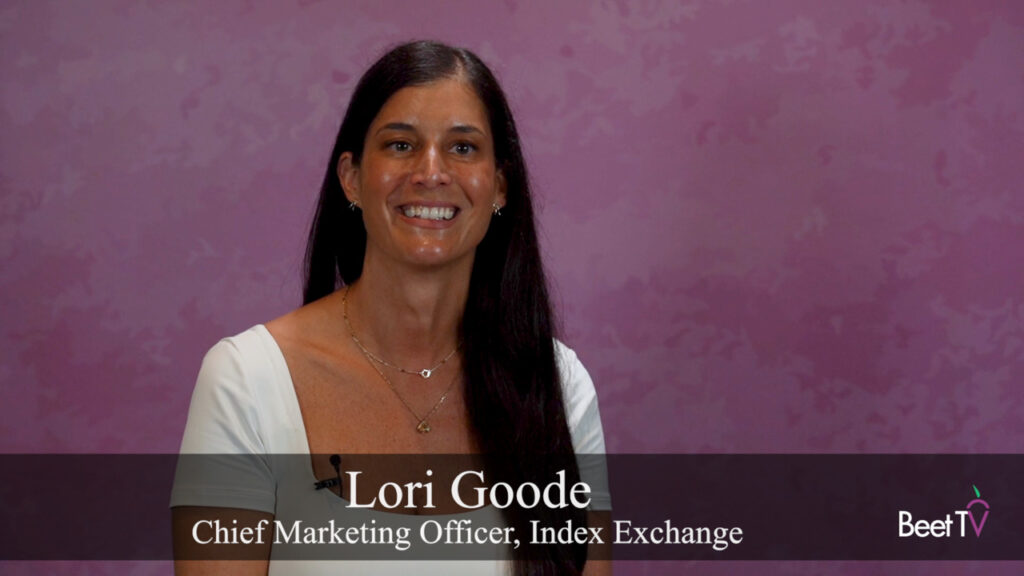Consumers are using a wider variety of connected devices to view content, challenging marketers to reach target audiences and measure the results of their advertising campaigns. Connected TV is adding another dimension to this environment, providing another source of data that marketers can harness to improve their targeting.
For Tapad, which specializes in helping companies identify consumer groups among a variety of devices including mobile and desktop, the growth in connected TV is significant. Tapad has developed a cross-device identity solution called The Tapad Graph to help create a more holistic view of consumers in an omnichannel environment.
“The growth in the space has been a great development for our business, as it’s another very important ID that fits into our graph,” Mark Connon, chief operating officer of Tapad, said in this interview with Beet.TV. “We connect identifiers from different devices across mobile, desktop and CTV into clusters or groupings that are probabilistically associated with each other.”
Deterministic vs. Probabilistic Identifiers
Identity resolution has become more important in the past couple of years as advertisers build on the information they have about their customers to find new prospects. Deterministic identifiers consist of first-party data about specific consumers, while probabilistic identifiers use signals from several channels to create groups of target audience.
Depending on the scale of the campaign, marketers may use deterministic identifiers to focus their targeting and measurement on specific consumers or probabilistic identifiers to reach groups with similar characteristics — or combine these identifiers.
“It’s not an either/or. There are use cases for smaller-scale, deterministic data sets or cross-device reference,” Connon said. “A probabilistic solution is one which typically has much larger scale and as a result is much more useful for the advertising reach extension/measurement/attribution ecosystem.”
‘A Better Picture of Where to Spend’
An important part of these identifies is preserving consumer privacy, especially as regions as varied as the European Union and the state of California adopt stricter rules to give people more control over how their personal data are collected and shared. Tapad is more focused on helping advertisers reach the right consumers at the right time.
“We’re not looking at user behavior. We don’t have profiles. We don’t know anything about what people are doing on these devices — nor do we want to,” Connon said. “We just want to associate these identifiers with each other so that marketers can understand a better picture of where to spend, or what to measure.”
Tapad is investing for the day when third-party cookies won’t be supported by Google, which this year announced plans to end support for the tracking technology in its popular Chrome browser as soon as 2022. Chrome has a 70% market share on desktop devices, and 64% on mobile devices worldwide, according to StatCounter, making the browser a key gateway to the internet for millions of people.
“Our investment is both in ensuring we have an identifier that can be used as a currency within our graph, but also looking at all other identifiers,” Connon said. “Our focus is on ensuring that brands, marketers, agencies, adtech, martech platforms have access to those identifiers at scale so that they can understand their consumer in an omnichannel environment.”














































